by M Sathesh, Senior General Manager of Operations, Jindal Aluminium
Aluminium engineering has transformed over the years. What started as basic shapes has evolved into something far more sophisticated. Thanks to technological advancements, aluminium now plays a crucial role in architecture, aerospace, transportation, electronics, robotics and many other industries. In the early days, aluminium was shaped using rather direct methods. These methods were effective but limited in their capacity to achieve complex designs.
But as technology advanced, so did these processes, allowing us to create more complex and precise components. Today, we use modern extrusion and rolling techniques to make a wide variety of high-quality aluminium products. Modern extrusion techniques enable the production of long profiles with highly complex cross-sections, making it possible to design and manufacture components with exceptional levels of detail and functionality. The development of advanced extrusion dies, precision rolling mills and improved alloy formulations allowed the creation of more intricate and highly accurate components.
Aluminium extrusion and rolling
Extrusion and rolling are two main techniques for shaping aluminium. In extrusion, we push aluminium through a die to create long profiles with specific cross-sections. Commonly used alloys in this process include 6061, 6063, and 7075, which offer a balance of strength, corrosion resistance, and workability. This method is perfect for making complex shapes with great accuracy. It's widely used in fields like construction, automotive, and aerospace.
On the other hand, rolling involves passing aluminium through rollers to reduce its thickness and get the desired size. Hot rolling is used for significant thickness changes, while cold rolling is used for precise adjustments. This technique helps produce thin sheets, foils, and strips essential for packaging, roofing, and heat exchangers. Combined, extrusion and rolling allow us to make a diverse range of aluminium products.
Different aluminium extrusions: Shapes, designs, and uses
- Aluminium angles – These have sharp, right-angled edges and are both lightweight and strong. They're often used in construction for framing and bracing because they offer an excellent strength-to-weight ratio and resist corrosion. Standard sizes range from 1/2 inch to several inches in width, and they are often made from 6063-T52 alloy for its excellent formability.
- Aluminium beams – Aluminium beams are used for structural support in profiles like I, H, C, and T. Their lightweight nature compared to steel makes them easier to handle and install, reducing labour and transportation costs. Additionally, aluminium's resistance to weather and corrosion extends the lifespan of these beams, making them highly suitable for outdoor and harsh environmental conditions. They are commonly produced using the 6061-T6 alloy, known for its high strength and weldability.
- Aluminium channels – Slim and long, these channels are used to support structures and frames. They're also great for heat transfer applications because of their excellent electrical and thermal conductivity. Aluminium channels often come in alloys like 6061 and 6063 and are available in various sizes and wall thicknesses to meet specific load requirements.Extruded aluminium tubing – This tubing comes in seamless, welded, and drawn forms. It's used in various industries due to its strength and versatility, making it a key component in automotive, aerospace, and architectural applications. Alloys like 5052 and 6061 are commonly used, offering good corrosion resistance and strength.
- Fabricated aluminium extrusions – These can be cut, machined, and treated to meet specific needs. Surface treatments like anodising and painting can further enhance their durability and appearance, making them suitable for everything from car parts to consumer electronics.
The versatility of rolled aluminium profiles
- Aluminium sheets – Aluminium sheets are suitable for various applications, such as manufacturing body panels and structural components in the automotive industry. In construction, they are used for roofing materials and architectural cladding, offering both durability and aesthetic appeal. Additionally, aluminium sheets can be anodised or painted, which enhances their resistance to environmental factors and allows for a wide range of finishes. This makes them versatile for decorative elements, signage, and even heat exchangers in industrial settings, showcasing their broad applicability across different sectors. Common alloys include 1050, 3003, and 5052, each offering specific properties for different applications.
- Aluminium coils– Aluminium coils are crucial in manufacturing a wide range of products due to their versatility and consistent quality. They are used extensively in producing beverage containers, where their lightweight and corrosion-resistant properties make them ideal for maintaining the freshness of drinks while minimising packaging weight. In the construction industry, aluminium coils are used to create building panels, offering durability and aesthetic flexibility. Their consistent thickness and malleability allow them to be shaped into various forms, including curves, essential for applications such as architectural facades and custom-designed panels. Additionally, aluminium coils are often used in the production of heat exchangers and automotive parts, further demonstrating their broad utility across multiple industries. They are often produced using alloys like 3105 and 5005 for their excellent formability and finishing characteristics.
- Aluminium plates – Aluminium plates are known for their exceptional strength and durability, making them ideal for high-impact applications. In shipbuilding, these plates are used to construct the hulls and other critical components of vessels, providing the necessary robustness to withstand harsh marine conditions. In the automotive industry, they reinforce auto-frames, enhancing vehicle safety and structural integrity. Aluminium plates are also employed in military applications, such as body armour and vehicle protection, due to their high strength-to-weight ratio and resistance to environmental factors. Their ability to endure extreme conditions while maintaining performance makes them a preferred choice for demanding engineering and defence applications. Common alloys for plates include 5083 and 6082, which offer excellent weldability and corrosion resistance.
In summary
Aluminium engineering has come a long way, especially with advancements in extrusion and rolling technologies. These innovations have allowed us to create complex shapes and expand the material's uses in modern engineering. As technology continues to evolve, the potential for aluminium engineering is boundless. Emerging technologies and new processing methods are likely to enhance the material's capabilities further, enabling even more innovative applications and solutions. From advanced aerospace components to cutting-edge electronic devices, aluminium will remain at the forefront of material science and engineering, driving progress and opening up new possibilities across various fields.







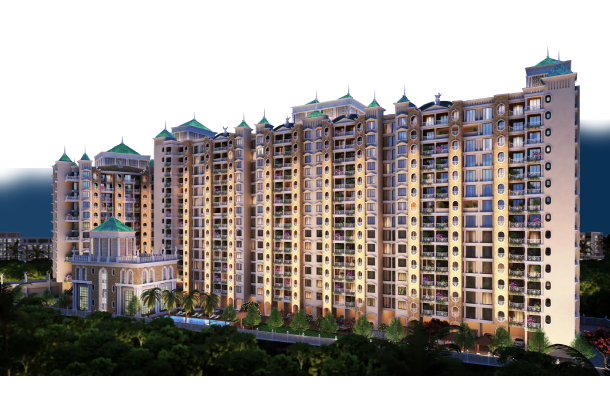
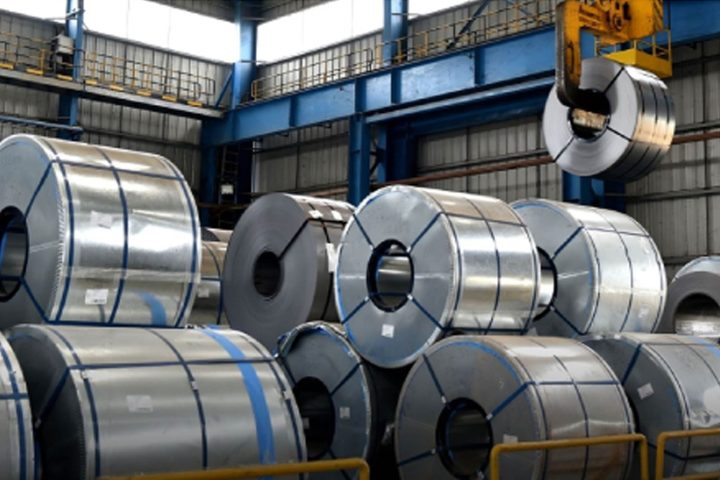
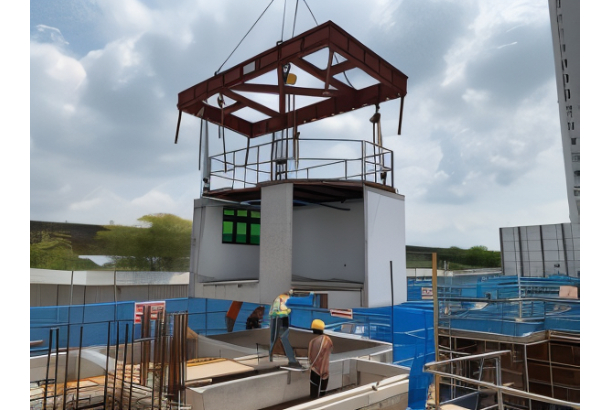




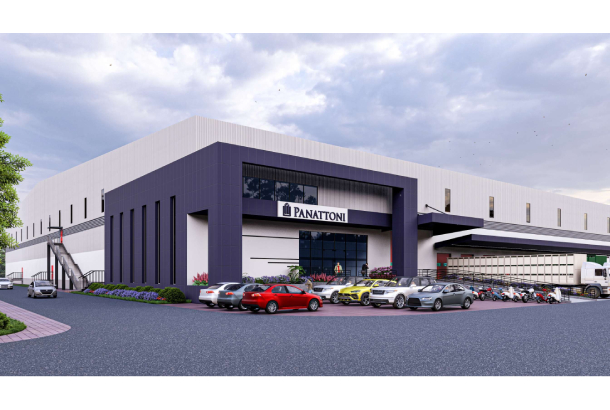
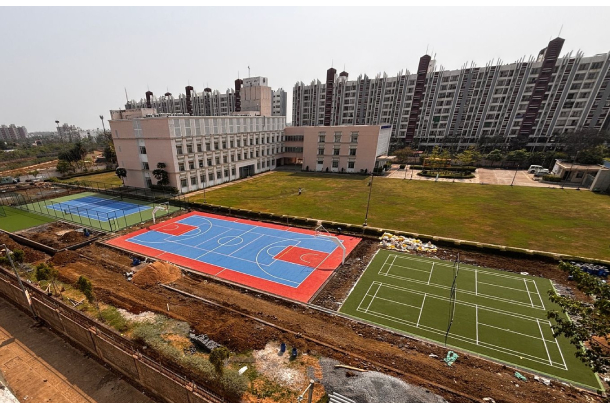



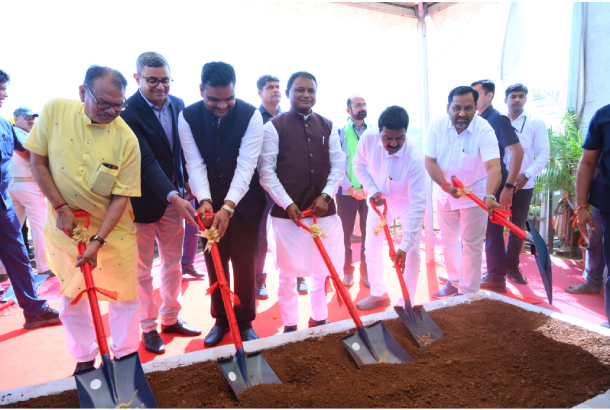

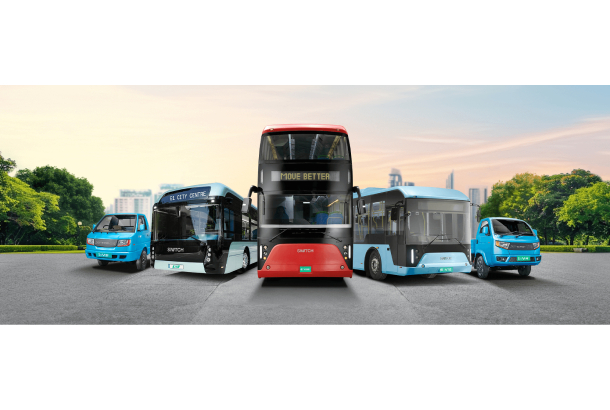
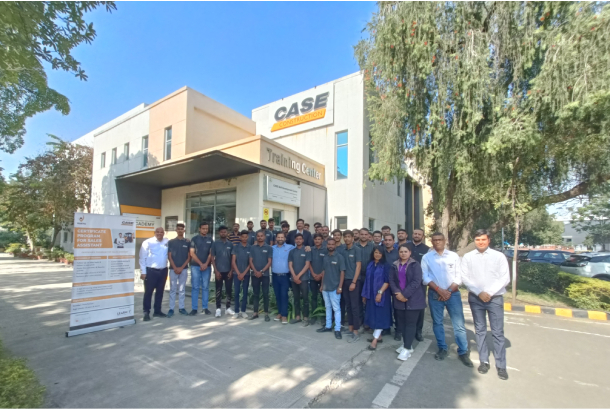

Follow